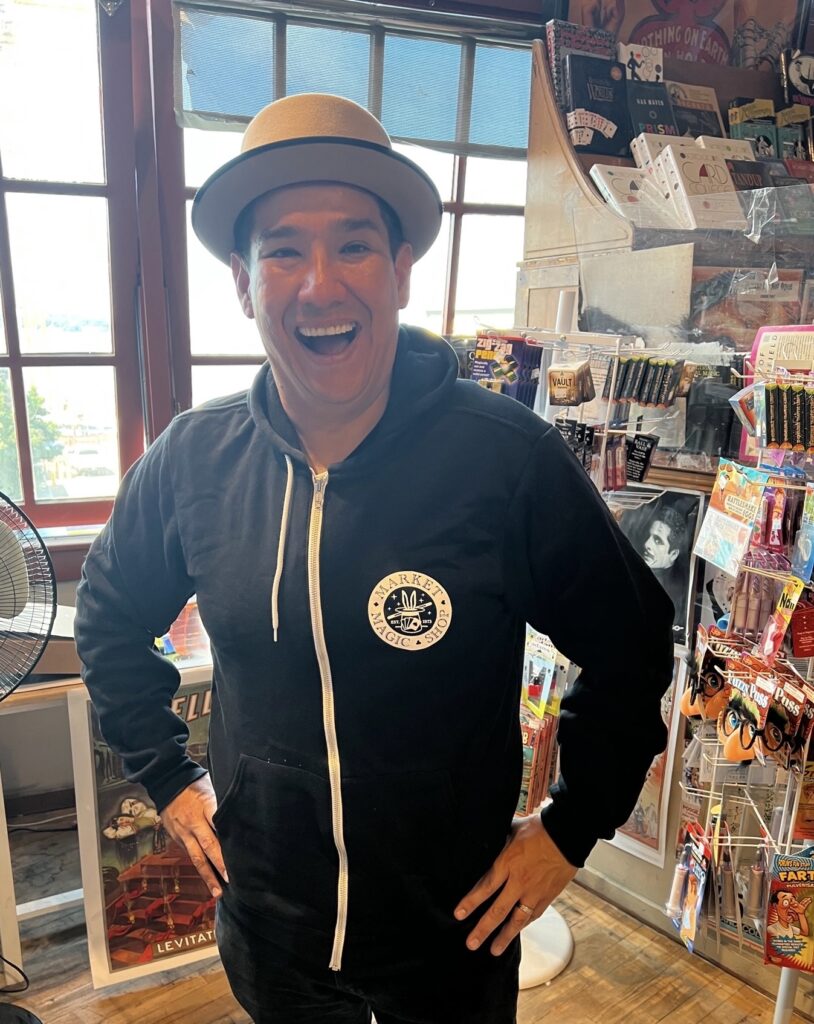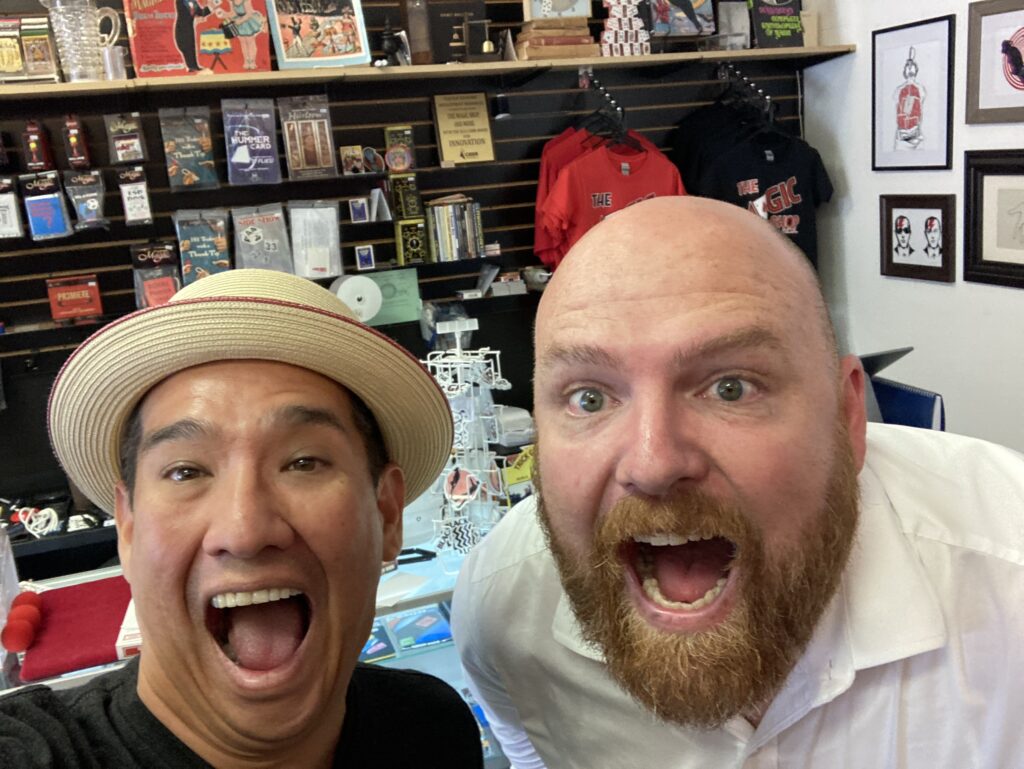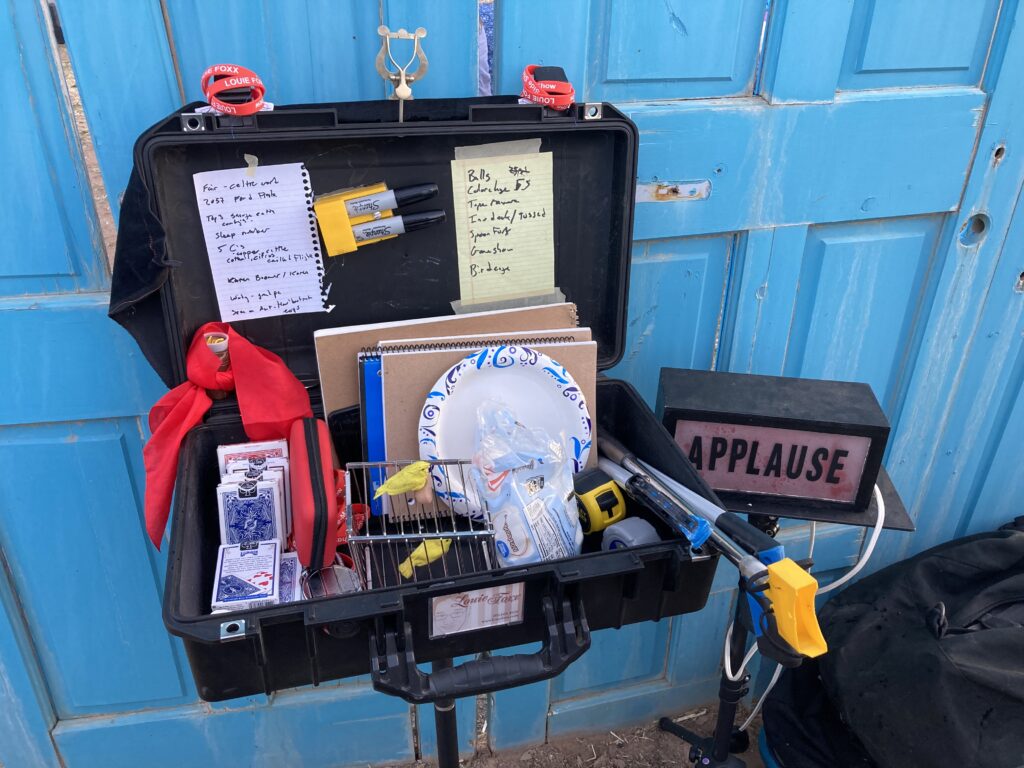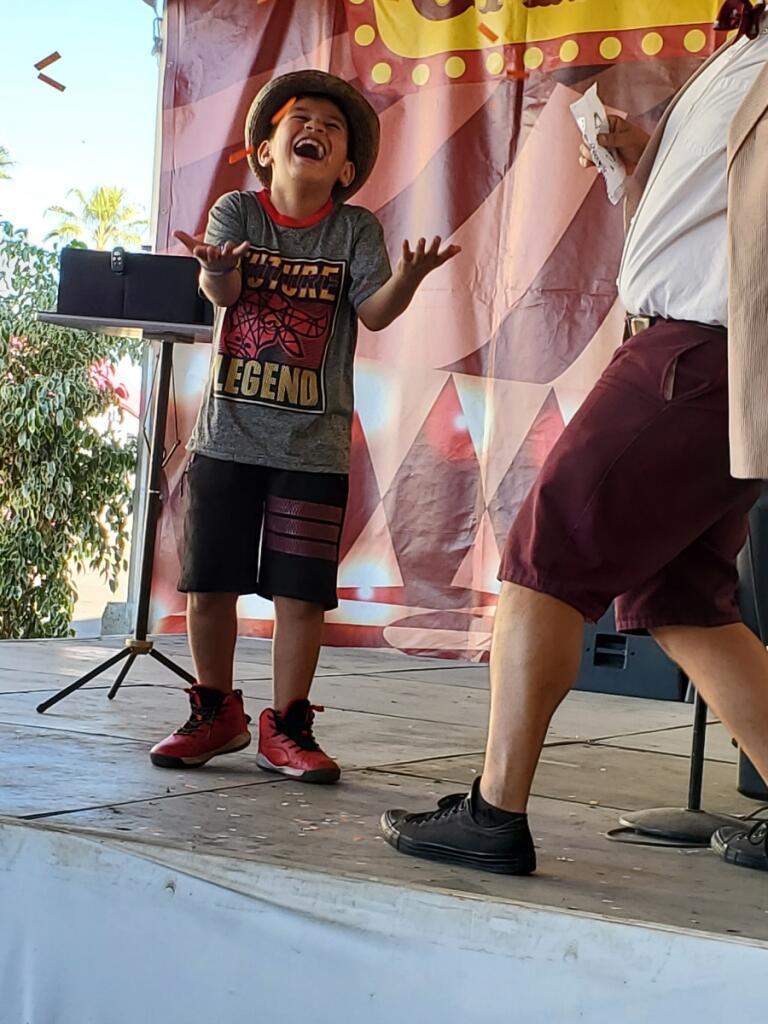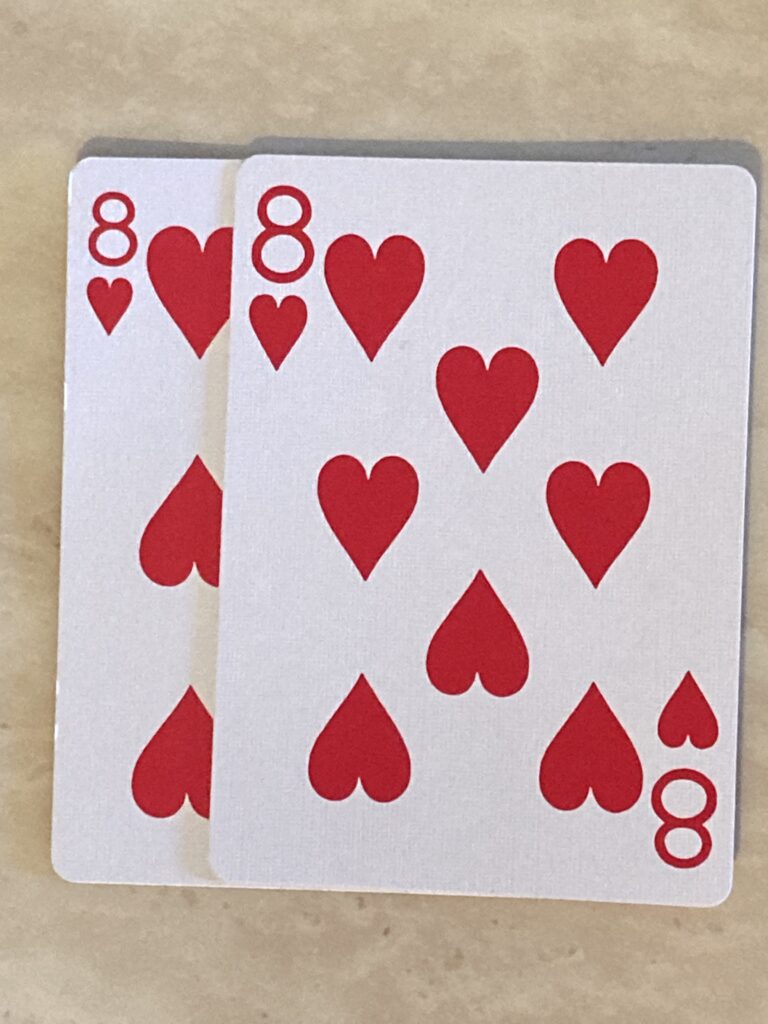I’ve been working on a routine that I call “choices”, this is essentially a card prediction. This has had many different versions and methods, with the first version simply using an invisible deck for the reveal. It’s had many different reveals from the selected card in a wallet, to it being the only red backed card in a blue backed, blank faced deck.
The trick was just OK, the final reveal was lacking something…or had too much. Then a while ago Nick Lewin put out the 6 Star Miracle Prediction, which is his version of Al Koran’s 5 Star Miracle Prediction. I’m a HUGE Nick Lewin fan, and get everything he puts out. I honestly didn’t think I’d use the trick, however it ended up being the solution for the Choices routine.
The ending where I’m just holding two cards gives a great picture and ends with me in an applause position. The nice thing is the whole thing fits inside a jumbo card case, so it packs relatively small. This trick is intended for stage shows, so I have no desire to use a regular pack…however it could be downsized to that size and play well on a stage.
I’m not sure if this is the final version of this trick, but it feel pretty close!
-Louie

